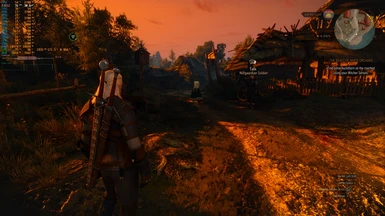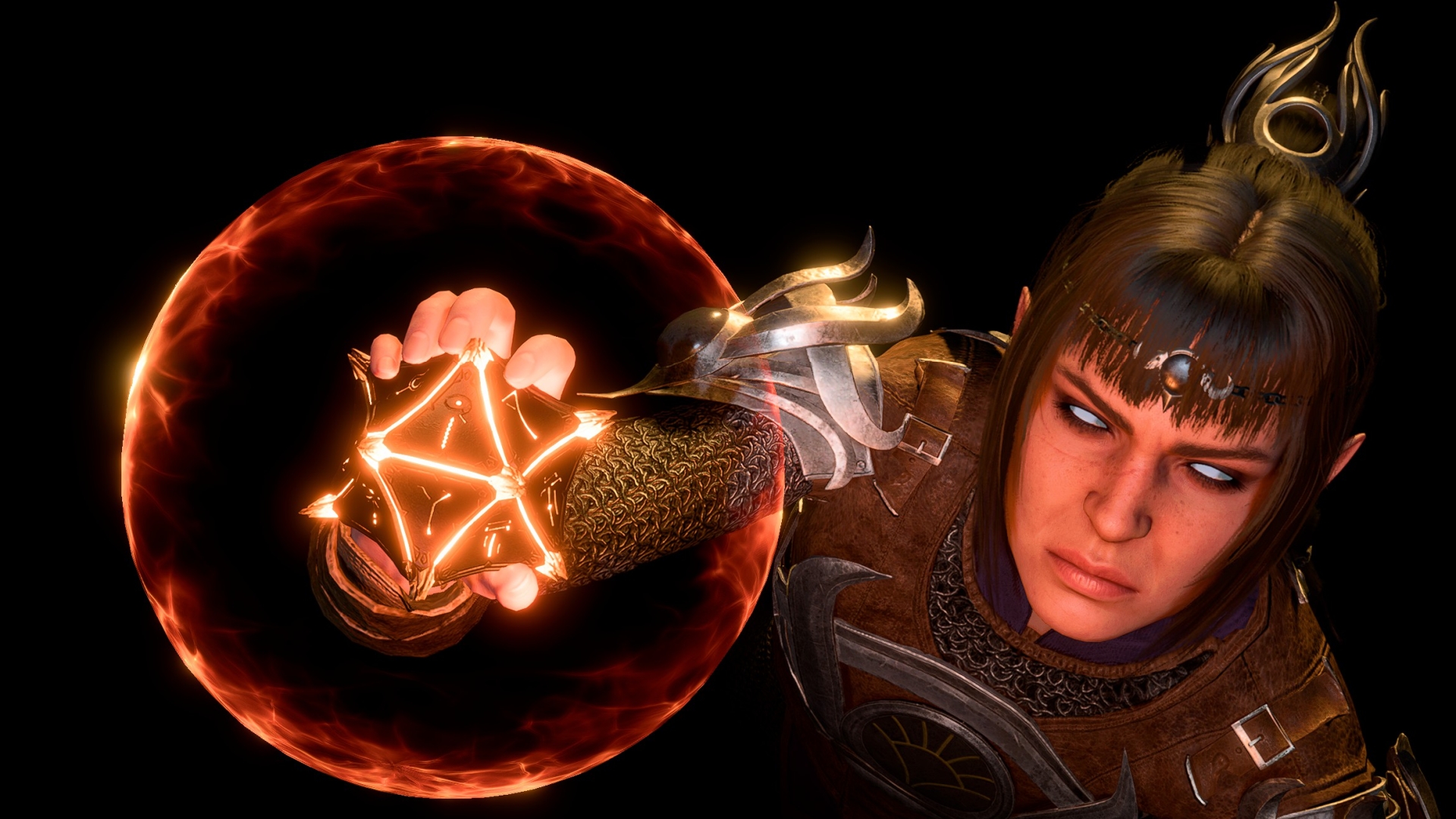Mastering Combat Dynamics in The Witcher 3 - The Ultimate Team Fight Guide Combo Optimization Strategies
In the intense world of The Witcher 3, combat is a blend of strategy, timing, and skill. For players aiming to elevate their gameplay, understanding how to optimize combos and coordinate team roles during fights is crucial. The The Witcher 3 Team Fight Guide: combo Optimization Guide provides comprehensive insights into mastering combat interactions, enabling you to control battles with finesse and efficiency.
The Fundamentals of Combat Mechanics in The Witcher 3

Before delving into team fight strategies and combo optimization, it's vital to grasp the core mechanics that govern combat in The Witcher 3. The game's combat system is a sophisticated mix of melee, ranged attacks, signs, and tactical positioning. Each enemy encounter demands a nuanced approach, especially when managing multiple foes or coordinating with NPC allies.
Understanding the flow of combat, including dodge timing, enemy telegraphs, and critical hit opportunities, lays the foundation for developing advanced combo sequences. Moreover, proficiency with witcher signs such as Quen, Igni, Yrden, Axii, and Aard is essential—not just for individual survival but to maximize synergy during team fights. Recognizing when to switch between attacks, signs, and tactical retreats often determines the outcome of a battle.
In the context of a team fight, awareness of your allies' roles and the enemies' attack patterns becomes even more important. The dynamics shift from solo engagements to complex interactions, where timing and combo chaining can turn the tide of the battle. Mastery of these mechanics, therefore, is the first step toward combo optimization.
Combining Basic Moves with Special Attacks
At the heart of successful combat is the effective blending of basic attacks with special moves, or signs in The Witcher 3. Geralt's basic sword strikes are fast and reliable, but they become formidable when integrated into sequence chains that trigger higher damage output or crowd control effects. Think of each attack as part of a larger dance—timing is everything.
Special moves, or sign commands, can be seamlessly incorporated into attack chains to amplify their effect. For example, casting Igni immediately after a combo can set enemies ablaze, causing damage over time, while Yrden can slow enemies, rendering them vulnerable to follow-up strikes. Achieving mastery in chaining these actions requires patience and practice but substantially increases overall damage potential, especially during prolonged fights.
Furthermore, players should learn to recognize enemy vulnerabilities—such as weak points or status susceptibilities—and craft combos that exploit these openings. In team fights, coordinating these sequences ensures that your allies can capitalize on the chaos, making combo optimization a tactical art form that elevates gameplay from mere survival to dominant combat mastery.
Developing Effective Team Fight Coordination with Combo Strategies

The next layer to conquer in The Witcher 3 Team Fight Guide: combo Optimization Guide revolves around team dynamics. Successful battles often hinge on how well your team members synchronize their actions, focus fire, and complement each other’s strengths. Combining individual skill with cooperative tactics transforms scattered skirmishes into orchestrated assaults.
Effective team coordination requires clear communication and understanding each member's role, whether it’s tanking damage, providing crowd control, or dishing out DPS. Geralt, alongside NPC allies, has various tools at his disposal — including signs that can be strategically employed to control enemy movement or boost team defenses. Combining these with well-timed attack sequences creates a cycle of synergy that overwhelms foes.
Creating an environment where each member’s actions feed into a larger combo chain is critical. For instance, a well-timed Igni sign to ignite enemies followed by a heavy sword hit can create burn damage that teammates can exploit with area-of-effect spells or attacks. When multiple players or NPCs coordinate their combo sequences, they can effectively disable enemy protection and deal significant damage. Such tactical prowess is integral to mastering tough encounters or boss fights.
Communication and Timing in Co-op Combos
In multiplayer scenarios or when controlling multiple NPCs, communication—whether through voice chat or pre-planned strategies—becomes vital. Players must anticipate allies’ moves, especially when executing complex combo chains involving sign casting and weapons. Effective timing ensures that no move is wasted or interrupted, maximizing damage output and reducing enemy survivability.
A common tactic involves one team member drawing enemy attention (tank role) while others prepare their combo sequences. Geralt’s versatility allows him to act both as a damage dealer and a crowd control specialist, especially when seamlessly integrating signs into attack routines. For instance, applying Yrden traps to slow enemies can set them up for powerful melee combos, which are then coordinated with allies' skills for maximum impact.
Advanced players also leveraging situational awareness can manipulate enemy behavior, weaken defenses, and initiate well-planned, multi-phase assault during team fights. The key lies in understanding each other's abilities and deploying them at optimum moments, creating a fluid, unstoppable chain of combo optimization that dominates the battlefield.
Crafting Customized Combat Builds for Maximum combo Potential
Tailoring Geralt’s skill set and gear to prioritize combo efficiency is essential for a strategic edge. A well-developed build can turn standard attacks into devastating sequences and enable faster, more effective team coordination in fights. Choosing skills, signs, and equipment that enhance combo capabilities is a strategic decision that offers long-term advantage.
Skill trees such as the Combat and Signs branches provide numerous options for improving combo potential. Investing in talents that reduce sign cooldowns, increase sign damage, or enhance melee attack speed directly contribute to smoother and more effective combo chaining. Additionally, gear with specific bonuses—like increased sign intensity or adrenaline point regeneration—further amplifies Geralt’s ability to sustain complex attack sequences during fights.
Personalized builds also consider enemy types and fight scenarios. For example, against armored foes, investing in physical attack boosts combined with sign enhancements can create versatile combos that adapt to the threat. On the other hand, fights against magic-resistant enemies may require a stronger focus on Aard or Igni signs, enabling combo chains that bypass resistances. Crafting these builds ensures every enemy encounter becomes an opportunity to refine and execute combo optimization tactics effectively.
Adapting Builds Based on Encounter Strategy
Flexibility in build design allows players to adapt to dynamic fight scenarios. When facing a horde of weaker enemies, rapid, continuous combos with high attack speed might be more effective. For tougher foes, slower, more deliberate attack patterns that incorporate sign support provide stability and damage amplification over time. Crafting hybrid builds—balancing attack and sign skills—gives Geralt versatility across various encounter types.
This adaptiveness also extends to equipment choices, such as potions, oils, and runestones. For example, oils that boost damage against specific enemy types, coupled with masterful combo execution, can turn difficult fights into straightforward victories. Similarly, potion timings can be synchronized with attack sequences to maximize their effects during crucial moments in battle.
By understanding and customizing your builds for combo optimization, you ensure Geralt is always prepared for the next encounter, capable of executing seamless, devastating attack sequences that involve multiple players or NPCs. This strategic approach transforms combat from a reactive chore into a crafted art form where timing, synergy, and skill unite.
Conclusion
Mastering The Witcher 3 Team Fight Guide: combo Optimization Guide combines a deep understanding of combat mechanics, strategic team coordination, and bespoke build crafting. Success hinges on knowing how to seamlessly blend basic attacks with sign use, communicate effectively with allies, and adapt gear and skills to specific fight scenarios. When every move is executed with precision and deliberate timing, the results are battles that are both thrilling and triumphant. Developing your combo execution into an art maximizes your effectiveness, ensuring Geralt can dominate even the most formidable foes with flair, finesse, and tactical mastery.